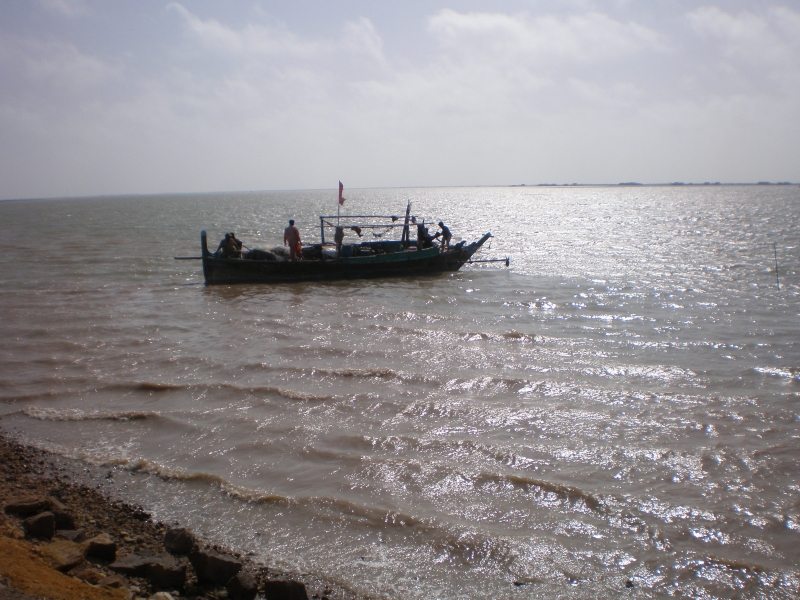ISLAMABAD: Pakistan has the largest integrated irrigation network in the world, which is serving around 45 million acres of cultivated land.
The system is fed by the waters of the Indus River and its tributaries said an official of Indus River System Authority (IRSA).
The irrigation network of Pakistan mainly comprises of three major reservoirs (Tarbela, Mangla & Chashma), 19 barrages, 12 Inter-river link canals and 45 independent irrigation canal commands and 435 large, medium and small dams.
The major storage reservoirs include Tarbela (existing Live Storage Capacity = 6.101 MAF against original storage capacity of 9.70 MAF), Chashma (existing Live Storage Capacity = 0.278 MAF against original storage capacity of 0.70 MAF) on River Indus and Mangla with existing Live Storage Capacity = 7.356 MAF (this includes the additional storage capacity of 2.88 MAF after Mangla Dam Raising allowing Maximum Conservation Level of 1242 feet) against original storage capacity of 5.34 MAF on River Jhelum.
Diversion of river waters into off-taking canals is made through barrages, which are gated diversion weirs. The main canals in turn deliver water to branch canals,
distributaries and minors. The watercourses get their share of water through outlets in the irrigation channels. Distribution of water from a watercourse is made through a time-schedule called “Warabandi”.
According to IRSA record, the average annual surface water availability from Western and Eastern Rivers is 145.03 MAF (Western Rivers: 138.50 MAF & Eastern Rivers: 6.53 MAF),
whereas the maximum inflows recorded was 183.45 MAF (in year 1978-79) and minimum inflows were 99.05 MAF (in year 2001-2002) during the post Tarbela period (1976-77 to 2019-20). The Provincial utilization was 97.08 MAF, System losses were 18.46 MAF and Escapages downstream Kotri Barrage were 27.59 MAF.













